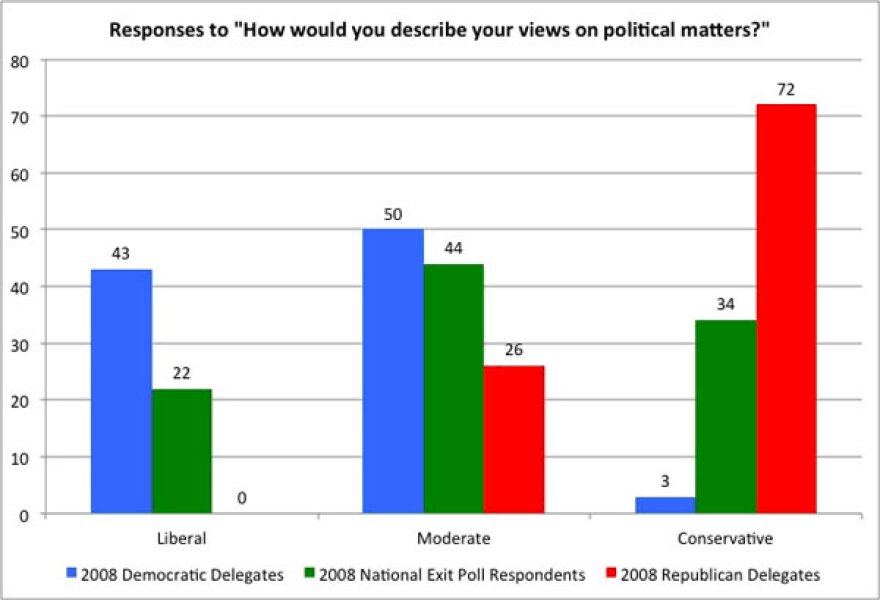Modern national conventions are often described as being nothing more than “infomercials” for the two major campaigns and political parties.
But for those delegates attending the conventions, it is a chance to show the public who the members of the parties are and what each party stands for.
First, some background on how the delegates got to each party’s convention. Both parties select their convention attendees in a series of elections, usually beginning at the local level and working their way up to the state level.
For example, the North Carolina Democratic Party has a specific set of guidelines for delegate selection. It includes a formula for each congressional district’s allocation of delegates based on past election results at the presidential and gubernatorial level (see herefor the memo’s specifics).
Ultimately, 185 North Carolinians will represent the state at the DNC as delegates, pages, and committee members. In Tampa, 55 North Carolinians are serving as GOP delegates.
And the delegates coming to Charlotte’s DNC, along with their Republican counterparts, may be more reflective of their party’s composition than of the general electorate as a whole.
For many of the modern political conventions, the New York Times and CBS has surveyed delegates to the Republican and Democratic conventions. From the 2008 responses, we see two parties typically appearing outside of the electorate (as measured by the 2008 presidential national exit poll).
For example, the national electorate had a plurality of voters who identified as “moderate.” But conservatives dominated the 2008 Republican convention, while the Democratic convention had double the percentage of liberals compared to the electorate at-large.
When ideology is broken down by “very” or “somewhat” among the delegates, a plurality of GOP delegates identified as “very conservative.”

This ideological divide is best represented in the question regarding government involvement in solving national problems.

In 2008, half of general electorate said that the government should do more to solve national problems. Among Democratic delegates, that number was 83%, while 91% of GOP convention delegates said government was doo too many things.
We also see a religious divide among Democratic and Republican delegates in 2008 when it comes to worship attendance.

We do find one area of agreement between Democrats and Republicans. Both believe that the political conventions are still needed in our political system.

The conventions are a chance to be among like-minded individuals from across the nation to hear the party sermons. At times, it may seem like both parties are preaching to the choir.
The key for both parties, however, is to make sure to convert the very few skeptics left in the general electorate.



